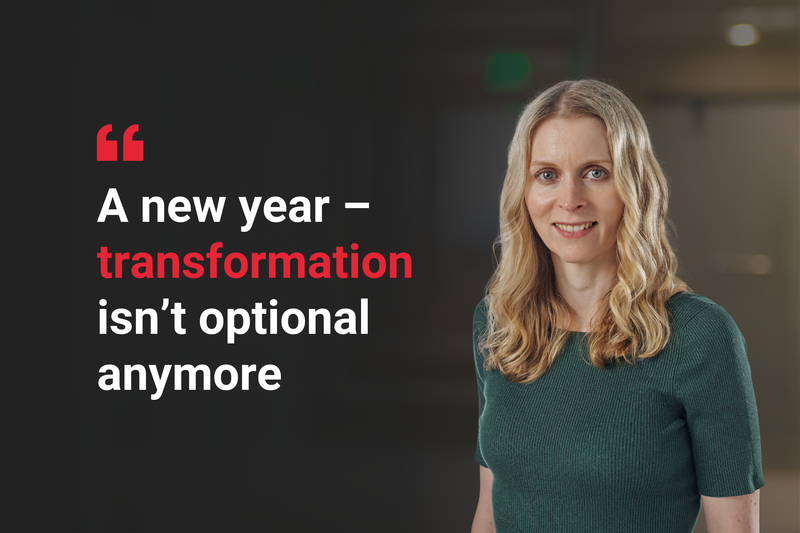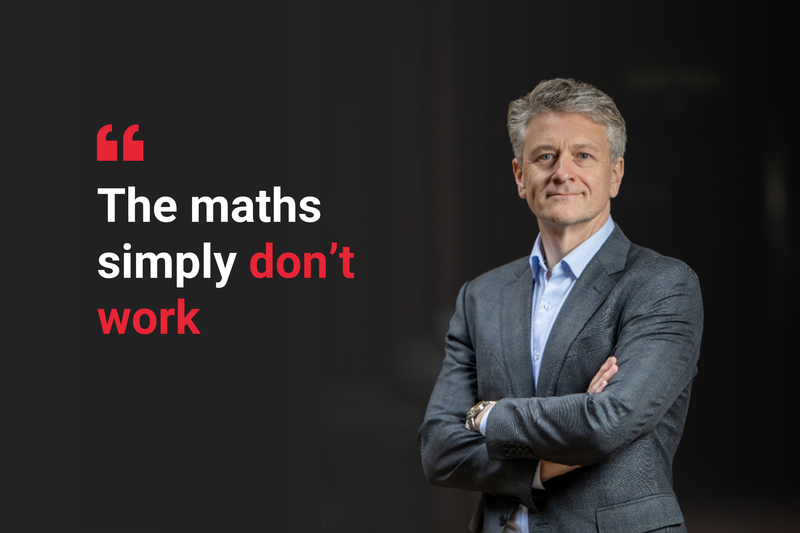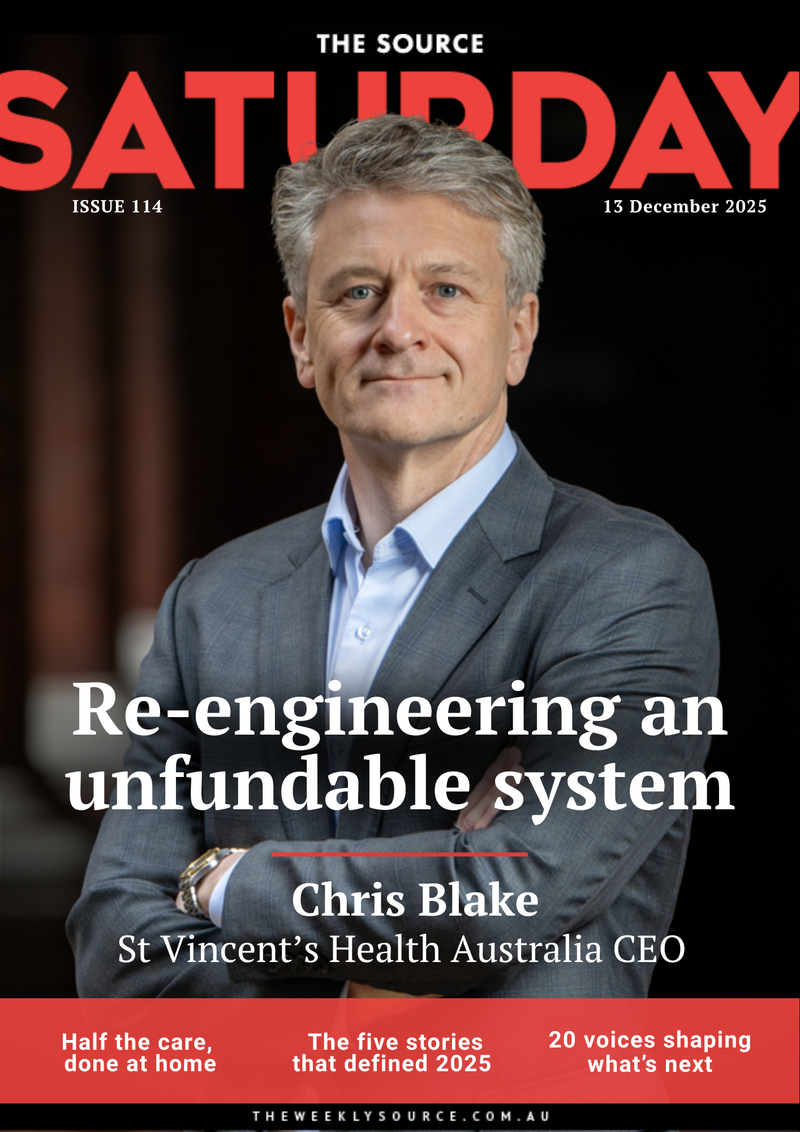Care tech in the village home powering ageing in place
From discreet sensors to audit-proof platforms, here’s how villages deliver hospital-grade safety without becoming hospitals. If “ageing in place” is the promise, the only way to keep it is with a tech stack that catches every signal and...
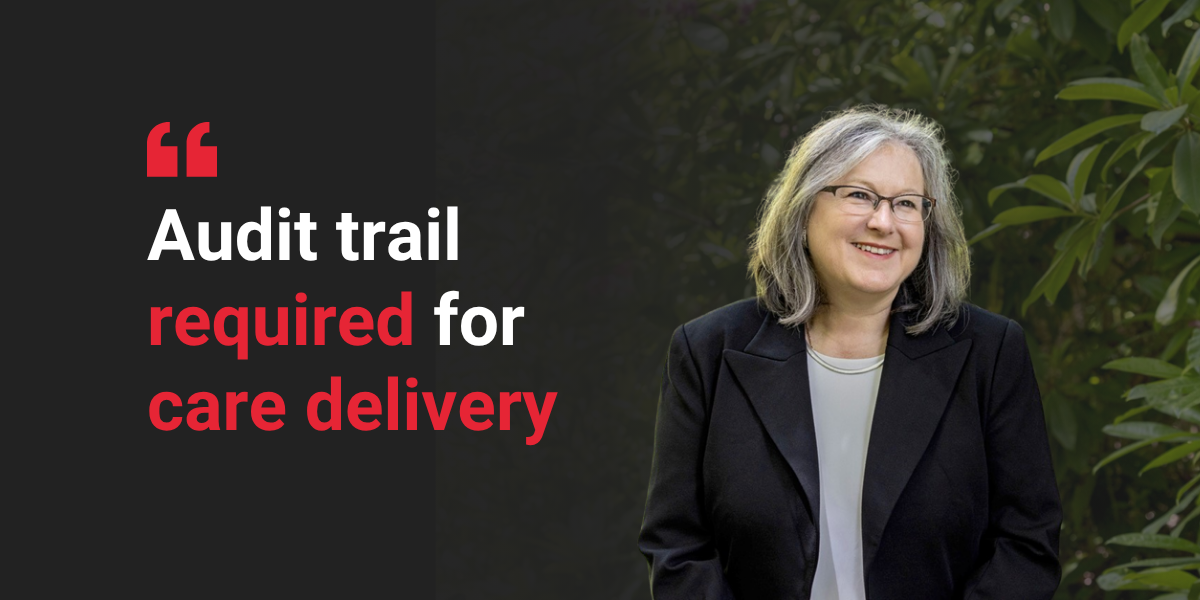
From discreet sensors to audit-proof platforms, here’s how villages deliver hospital-grade safety without becoming hospitals.
If “ageing in place” is the promise, the only way to keep it is with a tech stack that catches every signal and proves every response.
As villages step further into care, technology is no longer a nice-to-have – it’s the connective tissue that makes “ageing in place” real. From the resident’s pendant press to the nurse’s medication round to the family’s late-night check-in, a modern tech stack has to catch every signal, route it to the right person, and prove it happened.
And it has to do it without turning a village into a hospital.
This was the through-line from our Ask the Visionaries: Anything breakfasts in Sydney, Melbourne and Brisbane. Operators want a practical pathway: what should we deploy now to support private aged care inside villages, and what should we avoid?

From gadgets to a platform
The first shift is mindset. Swapping paper charts for tablets won’t deliver continuity of care on its own. You need a platform – one source of truth for care, operations and communication –augmented by devices that are easy to live with.
“Directors need governance structures and systems that can prove they’re meeting standards – every assessment, every rostering decision, every medication round,” said Caroline Lee (pictured top), founder of enterprise platform Leecare. “If the information isn’t current, it won’t help at the bedside.”
Leecare’s Platinum6 suite (pictured below) embodies that platform approach: clinical and lifestyle assessments, care plans, alerts, dashboards and regulatory integrations (My Health Record, Services Australia/PRODA) sit alongside P6Med for eNRMC medication management and P6Exec for incidents, risk, maintenance, education and credentialing.

The P6Mobile app puts it all in a carer’s hand – progress notes, vitals, wounds, photos – while P6MyCarePlan gives residents and families a two-way portal for goals, documents and updates. Their Tell Touch platform also delivers “voice of the consumer” feedback straight into care workflows.
“Our design principle is simple,” Caroline adds. “Document by doing – update the assessment at the point of care and let the system write the note and trigger the alert. That’s how you save time and reduce risk.”
“And in an environment of rising scrutiny, the audit trail is there, not an afterthought. Your system should show who did what, when – and why.”
The point isn’t the brand names; it’s the architecture: one record, many touchpoints, and automation that reduces documentation burden while increasing visibility.
Tech suited to retirement villages considering care and assisted living
View Caroline Lee’s breakfast presentation here.
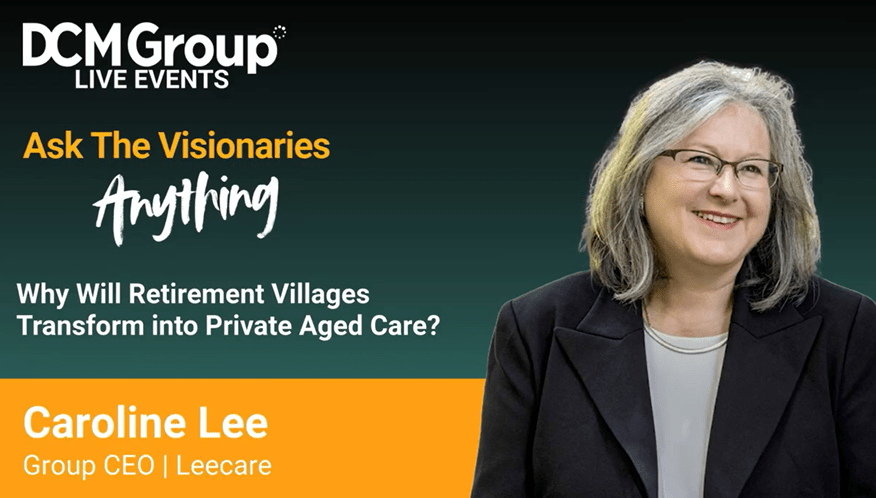
What to buy now (and why)

Call and response that travels with the resident
Modern response systems sit in the room, not just the comms rack, and handle wired buttons, wireless sensors and two-way audio. Responders can triage before they trek – and every step is time-stamped.
“Two-way talk lets teams triage immediately,” said David Waldie, CEO of care technology platform eevi. “If Building E is a 10-minute walk, being able to speak to the resident changes the response – and the risk profile – right away.”
“Tech that adds clicks but not clarity won’t last beyond the pilot,” he cautions. “Frontline teams will tell you very quickly what actually helps.”
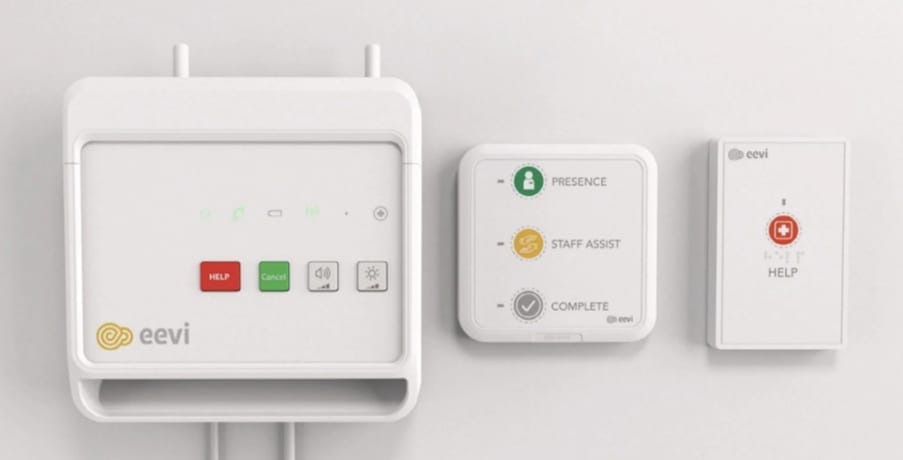
Wearables and discreet sensors
Falls, wandering, sleep disruption and bathroom patterns are early flags. Wearables and ambient sensors feed event streams into the platform. The trick is signal, not noise: configure thresholds and red-amber-green rules so staff only see what matters.
“Our job is to make the signal obvious and the noise disappear,” David notes. “Alerts should create an action for a person – not a dashboard you admire.”

Medication management that talks to care plans
If you’re promising higher acuity care, eNRMC-conformant medication is essential: GP e-prescribing to the national network, charts that auto-pull allergies/diagnoses/swallowing status, and med-round notes that flow into progress notes, incidents and infection control.
One-on-one pharmacist messaging also reduces chasing and errors.
Mobile-first workflows for staff
The point of care is on the floor or at the front door. Carers need their roster, today’s alerts, the resident’s profile and a guided assessment on a phone or tablet. Offline capability helps regional runs but real-time sync is critical everywhere else.
Resident and family apps
A simple portal does more than inform. Done well, it can build consent and co-design into daily practice: family observations and goals feed the plan; operators surface statements, calendars and notifications.
In Home devices for retirement villages to support care and regulatory risk
View David Waldie’s breakfast presentation here.

Build vs retrofit: both are possible
The question for many village operators is: can this technology be installed in an existing community?
Today’s kit is retrofit-friendly – battery sensors, wireless peripherals, gateways with 4G failover, mobile apps on your existing Wi-Fi. Hardwiring still has a place – for example, bathroom call buttons – but brownfields needn’t be a blocker.
Operationally, operators are advised to start where risk and value intersect, such as a nurse-call upgrade. This can then be channelled into staff mobile workflows, medication management, a resident/family portal and sensors for targeted cohorts.
Compliance by design
Private aged care brings a new compliance overlay, but technology can wear some of that weight.
Automated alerts like vitals outside of the normal range, wounds overdue, missed notes, falls clusters push priorities to the top of the list.
Dashboards show who signed off and when, while monthly statements summarise KPIs village managers actually use.
Why this matters now
The promise of ageing in place fails if staff can’t see risk early, if medication is manual, or if families are left guessing. The right stack can flip this model from reactive to proactive, and from “trust us” to “here’s the record.”
Because the best technology in villages isn’t the flashiest gadget. It’s the quiet platform under the surface, catching every signal, guiding every shift – and proving you did what you said you would.




